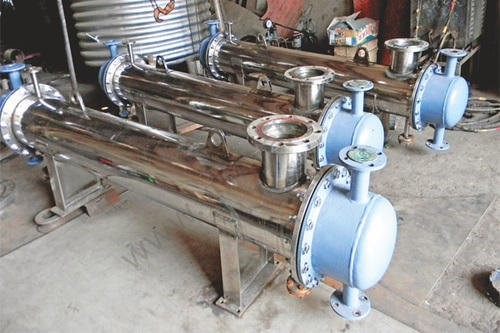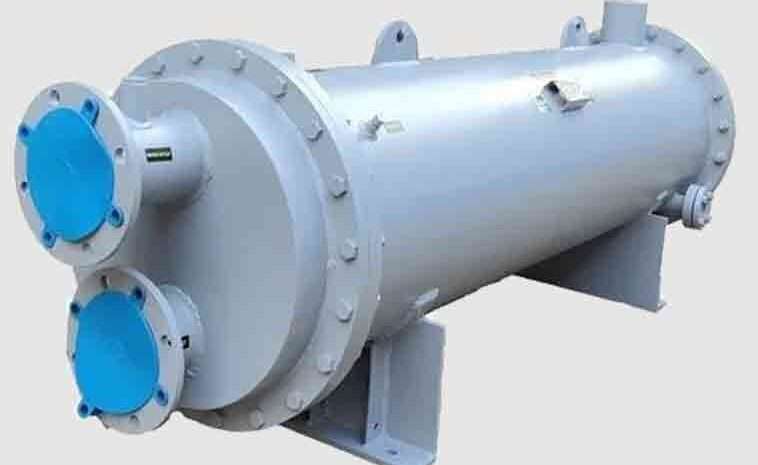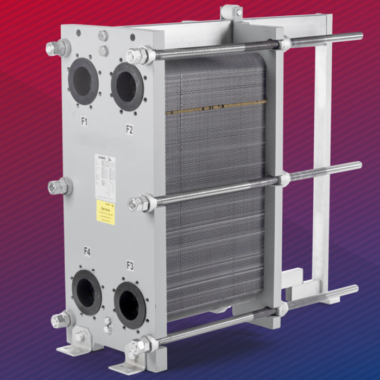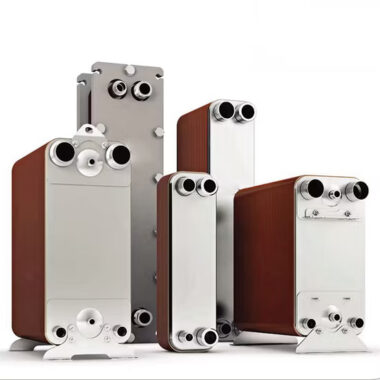The Future of Heat Exchangers
The Future of Heat Exchangers
As businesses development and environmental concerns intensify, long-term of heat exchangers is balanced for progressive changes. The Future of Heat Exchangers : Here’s a see into the transformative way ahead for these pivotal components of industrial processes:
1) Sustainable and Eco-Friendly Designs:
- With supportability at the forefront, future heat exchangers will prioritize eco-friendly plans and materials. Innovations in sustainable manufacturing practices and renewable materials will drive the development of heat exchangers with reduced environmental impressions.
- Integration of waste heat recovery systems and utilization of elective energy sources, such as solar or geothermal power, will improve the sustainability of heat exchanger operations, minimizing energy consumption and carbon emissions.
2) Advanced Materials and Coatings:
- The future of heat exchangers will witness the appropriation of progressed materials and coatings with superior thermal conductivity, corrosion resistance, and durability. Nanotechnology-enabled materials and imaginative surface coatings will optimize heat transfer efficiency and expand the lifespan of heat exchanger systems.
- Materials science breakthroughs, such as graphene-based composites and metal-organic systems (MOFs), will revolutionize heat exchanger plan, enabling unprecedented performance and reliability in requesting industrial applications.
3) Digitalization and Smart Technologies:
- Advanced change will revolutionize heat exchanger operations, with the integration of smart sensors, IoT network, and AI-driven analytics. Real-time checking, predictive maintenance, and adaptive control systems will optimize heat exchanger execution, efficiency, and unwavering quality.
- Advanced twins and virtual recreation stages will empower predictive modeling and optimization of heat exchanger plans, accelerating innovation and customization while decreasing time-to-market and advancement costs.
4) Modularization and Scalability:
- Modular and scalable heat exchanger plans will gain prominence, advertising adaptability and adaptability to advancing industrial needs. Prefabricated components and plug-and-play systems will rearrange installation, maintenance, and development of heat exchanger infrastructure, diminishing downtime and project lead times.
- Containerized heat exchange arrangements will give portable and measured choices for brief or farther industrial operations, advertising rapid deployment and cost-effective solutions for differing applications.
5) Integration with Energy Storage and Conversion:
- Heat exchangers will play a vital part in energy capacity and change systems, facilitating productive heat transfer between diverse energy carriers. Progresses in thermal energy capacity and transformation advances, such as phase change materials (PCMs) and thermochemical processes, will empower heat exchangers to store and utilize energy more effectively.
- Integration with rising energy storage technologies, such as hydrogen fuel cells and flow batteries, will advance enhance the versatility and supportability of heat exchanger applications, supporting the move to a decarbonized energy future.
In outline, the future of heat exchangers is characterized by sustainability, digitalization, and development. By embracing these patterns and innovations, businesses can open new opportunities for energy efficiency, operational optimization, and environmental responsibility in heat exchange operations.







DIY Heat Exchanger Projects for Hands-On Thermal Transfer - Cool Fab Equipments April 22, 2024 at 9:14 pm
[…] These DIY heat exchanger ventures offer a fun and interactive way to memorize approximately thermal transfer standards whereas gaining commonsense skills in fabrication and experimentation. Whether you are a curious hobbyist or an aspiring design, these hands-on projects are sure to ignite your energy for investigating the interesting world of heat exchangers. […]
Explain the Fundamental Concept of Heat Exchangers - Cool Fab Equipments June 27, 2024 at 2:29 pm
[…] processes, heating and cooling systems, and various engineering applications. The primary purpose of a heat exchanger is to efficiently manage thermal energy transfer to achieve desired temperature changes in the […]
How Heat Exchangers Power Our World - Cool Fab Equipments August 16, 2024 at 1:58 pm
[…] impact. As the world proceeds to move towards more economical vitality arrangements, the significance of heat exchangers in driving this change will as it were grow, making them crucial to the future of energy and […]